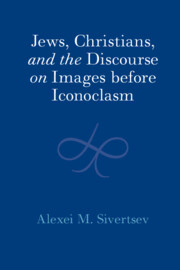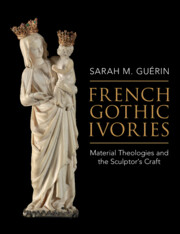Examination of Exodus 25–31 and 35–40 shows that preciousness and aesthetic considerations were not the main precipitants of the use of gold in the tabernacle. Rather, the distribution of this metal in both the tabernacle and the priestly garments reveals a theological criterion for its use and distribution. It is suggested here that this criterion is rooted in pre-Israelite Yahwism, and that it emanates from the parallel of gold, approached as the metal produced by YHWH, and copper, its human-made counterpart. Accordingly, YHWH’s residence within the tabernacle is associated with pure gold, whereas the function of communion with the Israelites in this facility is attached to a gold-copper alloy (ordinary gold). It is shown that the theological significance of gold related in Exodus contrasts with the considerations of prestige and magnificence associated in Kings with the use of gold in the Jerusalem temple. These observations reveal a divergence between the Priestly and the Deuteronomistic sources in regard to the status of gold and, by extension, of the pre-Israelite background of Yahwism. It is concluded that the description of the tabernacle in Exodus challenges the abandonment of the theological dimension of gold and metallurgy in the Jerusalem temple in the late monarchic period or, alternately, serves as fundament for a theodicy that justifies the fall of the city.

